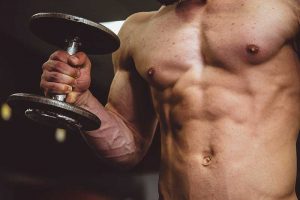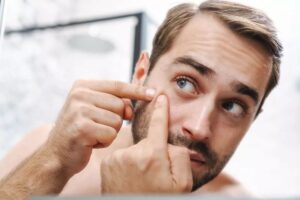I’m going to be frank here, whatever you like to call it, bubble gut is not something you want.
If you visit our blog often, you’ll be met with guides and tips for racking up muscle mass, shredding excess fat and generally looking after your body. I’m gonna hope here that you’re looking for more info on the topic of palumboism, rather than going through it as we speak. Because believe me, it ain’t pretty.
Palumboism is a condition named after bodybuilder Dave Palumbo. Although you may have heard referred to as one of the following too:
- Bubble gut
- Human growth hormone (HGH) gut
- Insulin gut
- Bodybuilder belly
- Muscle gut
- Steroid or roid gut
But enough about the everlasting bodybuilder terms for palumboism, what does a bodybuilder belly look like? And how does it occur?
The story of palumboism
Named after Dave Palumbo – the first bodybuilder to display an oddly bloated stomach that looked totally unnatural in proportion to his chest. But why the hell does palumboism happen?
Well, my friend, it’s all down to excessive stomach distension around a dude’s midsection, making a guy look bloated – and well, fat.
It’s pretty weird seeing a guy with extremely low body fat sporting a bubble gut, but here’s why it happens…
What causes bubble gut?
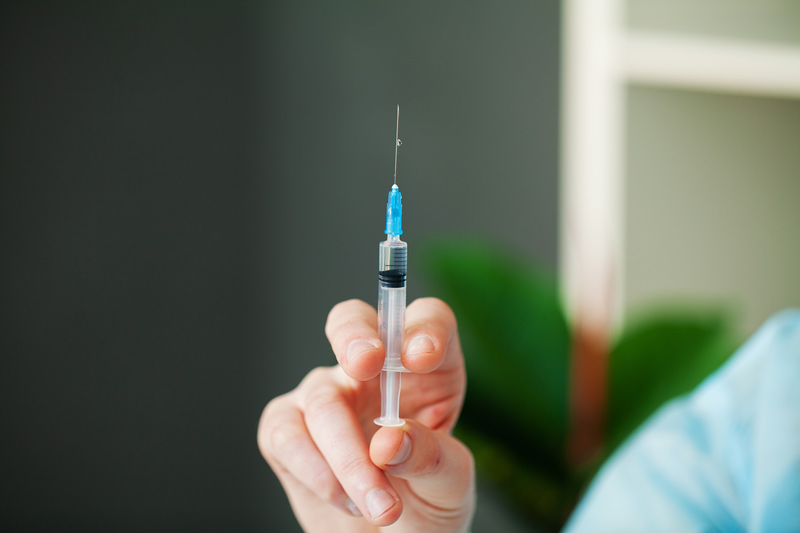
Some claim that a bodybuilder belly is a result of growing the muscles on either side of the torso – known as the oblique muscles. As these grow thicker, it becomes a struggle for bodybuilders to hold their stomach in, resulting in a bubble gut.
With many dudes hitting the gym, it’s a little convenient how the renowned palumboism/bubble gut only appears in the bodybuilding community – due to HGH and insulin use, alongside extreme diets.
Also Read: Do SARMs cause acne?
Many claim that a combination of human growth hormone and insulin abuse – alongside a high carbohydrate intake and high calorie diet is to blame. With little data to back up the ongoing rumors or palumboism, there has long been a debate surrounding bubble gut and the use of anabolic steroids.
Essentially, this ‘muscle gut’ is the result of a combination of the above. Especially since anabolic steroids aren’t designed for bodybuilding circles (more on that later).
The rise in insulin abuse
So, what about ‘insulin gut’? If we look back to the 70s, 80s, and even the 90s, palumboism was nowhere to be seen. So what went wrong?
The competition got harder. With more and more men fighting for the top spot, the bar rose. Insulin was used to help guys pack on bulk, resulting in the bloat we all now know of as: Palumboism/bubble gut.
Human growth hormone (HGH)
Alongside insulin gut, came human growth hormone and crazy calories via a high carb diet. As the use of HGH injections increased, palumboism quickly flipped into ‘HGH gut’, with some putting this down to human growth hormone growing a guy’s innards, causing a bodybuilder belly. Gross, huh?
Why use human growth hormone?
Many bodybuilders claim that human growth hormone leads to excessive growth, making it increasingly popular pre-competition.
Despite the opportunity for insane muscle growth, when combined with a high carbohydrate diet, insulin like growth factor and so on, it could set you on the path to HGH bubble gut.
Increased abdominal muscle mass
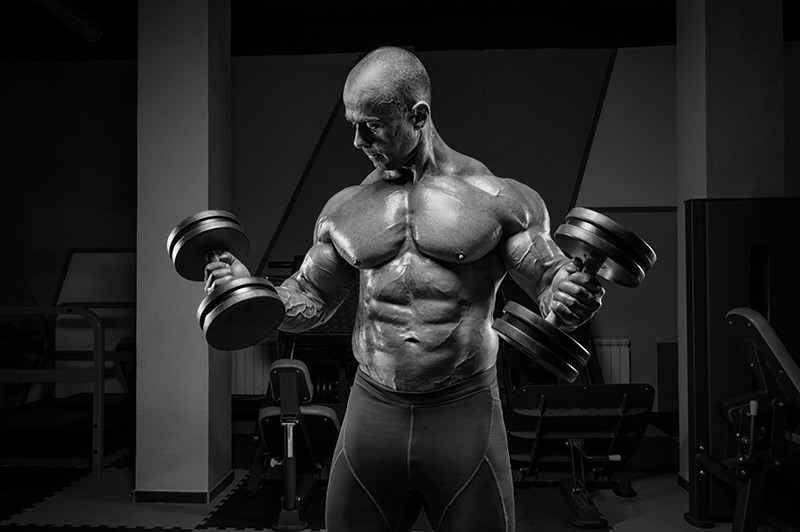
Crazy stomach muscles are usually achieved through a combination of HGH injections, insulin use, multiple supplements and a ridiculously high protein diet.
As a result of this, many bodybuilders achieve the ultimate six pack, but also increase the muscles that lie underneath – known as the transverse abdominus and internal oblique muscles.
Naturally, muscle building in the midsection can contribute towards the appearance of stomach distension. Whichever way you look at it, or what you call the dreaded HGH belly, there is a variety of factors that can contribute to it.
So, what is REALLY the cause of bubble gut?
We’re not so sure that the last part (above) is quite true, however, a combination of growth hormone, insulin abuse, increased abdominal muscles, high carbohydrate intake and high calorie intake can certainly lead to stomach distension.
Also Read: Does HGH cause hair loss?
Alongside this, performance enhancing drugs have become the norm in bodybuilding circles, undoubtedly contributing towards bubble gut.
Further concerns for gut distension
Aside from some of the obvious things that affect bodybuilders and potentially cause a dude’s entire midsection, there is more that may cause the dreaded bubble gut:
Carbohydrate loading and water manipulation
A common technique used by bodybuilders and fitness models, carb loading and water manipulation involve dehydrating and lowering carbohydrate intake, and in many cases, ingesting diuretics to help flush out water.
The trouble is, in theory, loading up on carbs (often referred to as ‘carb’ or ‘glyco’ loading) seems like a great idea to add definition, but if it doesn’t quite go according to plan it can lead to slower digestion and gut distension.
Popular safe and legal steroid and SARMs alternatives
How can you treat palumboism?
With a lack of clinical studies, there’s no real recommended treatment for palumboism at the moment. If we take a moment to review the potential causes of bubble gut, logic suggests we simply avoid those things, this means:
- Giving your body a rest from insulin use
- Not pushing your body beyond its natural limits
- Kicking unnatural additions to the curb, such as steroids and growth hormone
- Keep an eye on your carb intake and not go overboard
By avoiding the above, you should be able to prevent bubble gut, therefore, also treat palumboism by cutting back on these factors. Remember, growth hormone is a naturally occurring hormone, and while it may be tempting to boost your HGH levels, it can be dangerous and of course – lead to bubble gut.
Is there any way to prevent bubble gut?
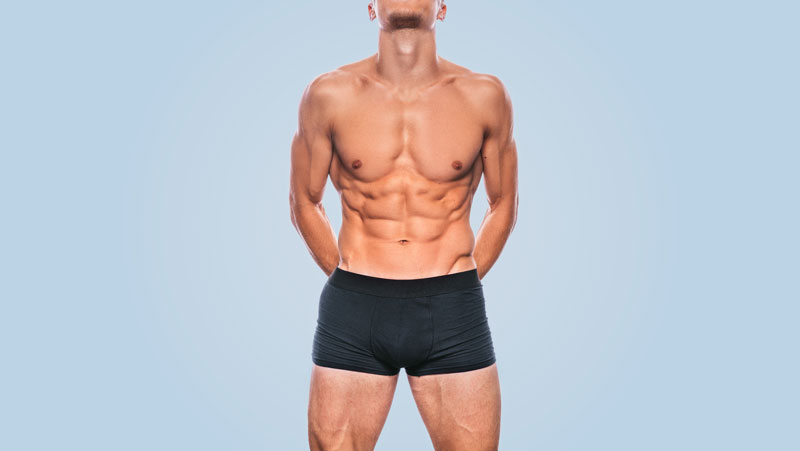
Whether you’re a competing bodybuilder or not, there are some ways to prevent that ugly bubble gut. Most of which comes down to your intake, technique in maintaining muscle and building more muscle mass, as well as tapering down human growth hormone and so on.
Here’s how to avoid that dreaded HGH belly.
Taper human growth hormone and insulin dosage close to competing
The likely result of increased human growth hormone levels, the combination of HGH and insulin (as well as diet and so on) is often the cause of bubble gut distension.
So if you’re looking to compete and you don’t want your palumboism stealing the show, tapering down on HGH and insulin is key. Alongside this, it’s important to not go mental with your carbohydrate intake.
Reduce carbohydrate intake throughout contest prep
As we touched upon above, if you’re looking to avoid stomach distension, you need to go not so heavy on your carbohydrate intake pre-show. A huge carb intake can cause a high increase in glycogen stored in muscle, leading to water retention.
Since glycogen attracts water, if you load up too much you could end up with a super bloated bubble gut.
If you are loading carbs, get your timing right
If you do decide to use water manipulation techniques, ensure that sodium and electrolyte intake is increase via electrolyte solutions supplementation. You’ll also need high fiber and digestive enzymes as digestive aids.
But what about timing? Well, if you wanna avoid palumboism, you’re gonna need to allow around 24 hours for full glycogen supercompensation before competing.
In the bodybuilding community, these techniques are pretty common to gain muscle definition. Timing is crucial, though, to avoid that muscle gut we all dread.
Use intermittent fasting during the cutting process
We all want to get shredded, shift weight and maintain as much muscle mass as possible, right? This can be achieved through intermittent fasting – having shown to be just as effective as your usual calorie counting for losing fat and maintaining muscle.
Again, timing is key here. When done right, intermittent fasting will ensure the amount of food in the digestive system is low, reducing the chance of stomach distension.
Other tips for avoiding palumboism:
- Avoid pushing your body beyond its limits
- Ditch nonmedically prescribed insulin use
- Avoid HGH and steroids
Is bubble gut a side effect of steroids?
There’s a whole list of potential side effects of steroids, including the use of steroids and illegal SARMs.
Aside from palumboism, here’s what else you could be facing as a result of steroid use:
- Liver problems, including tumors and peliosis hepatis
- Hormonal problems, such as testicle shrinking, lowered sperm production, gynecomastia (manboobs) and hair loss
- Mood swings, aggression and delusions
- Cardio concerns, such as heart attacks, high blood pressure, stroke and artery damage
- Skin problems, including jaundice, rashes, cysts and acne
Who is Dave Palumbo anyway?
You might be wondering where the term ‘palumboism’ really came from! What many of us also know as ‘bubble gut’ or ‘HGH belly’ was named after Dave “Jumbo” Palumbo, now a retired bodybuilder. Competing from 1995 through to 2004 on a national level, it’s said that palumboism was first seen in Dave Palumbo.
Palumboism: Worth the risk?
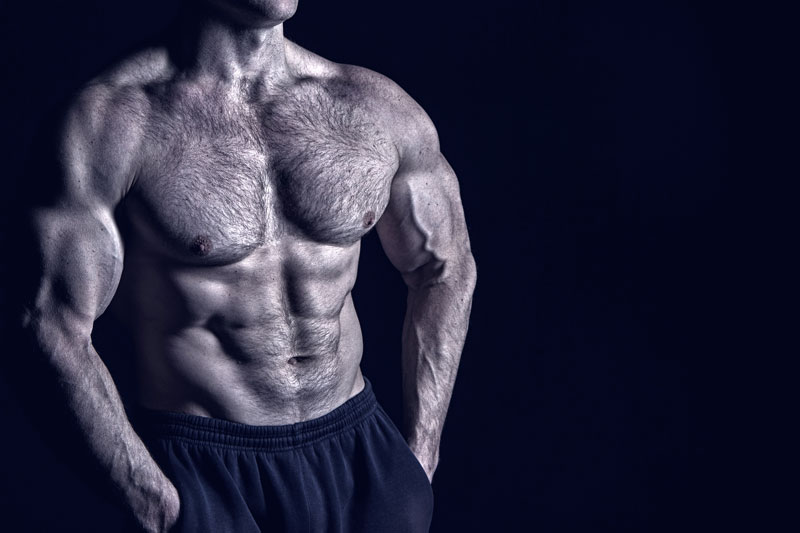
Sure, steroids such as growth hormone might deliver huge muscle growth (according to the dudes down the gym), but is HGH bubble gut worth the risk? We think not.
Taking growth hormone is a dangerous game to play, with many users reporting a whole multitude of side effects.
If you ask us, the health consequences of HGH, insulin use and steroids is simply not worth it. But there is another way to get shredded!
Here at Brutal Force, we have carefully developed 100% legal and safe alternatives to bulking and cutting steroids and SARMs, so you can experience HUGE gains, fired up fat loss and enhanced stamina with ZERO side effects. That’s right, and no palumboism in sight.
If you’re concerned about gynecomastia (manboobs) and want to effectively break down stubborn chest fat, you’re gonna want to check out GCUT.
Why risk stomach distension, when you can achieve a high quality physique safely, with Brutal Force!










